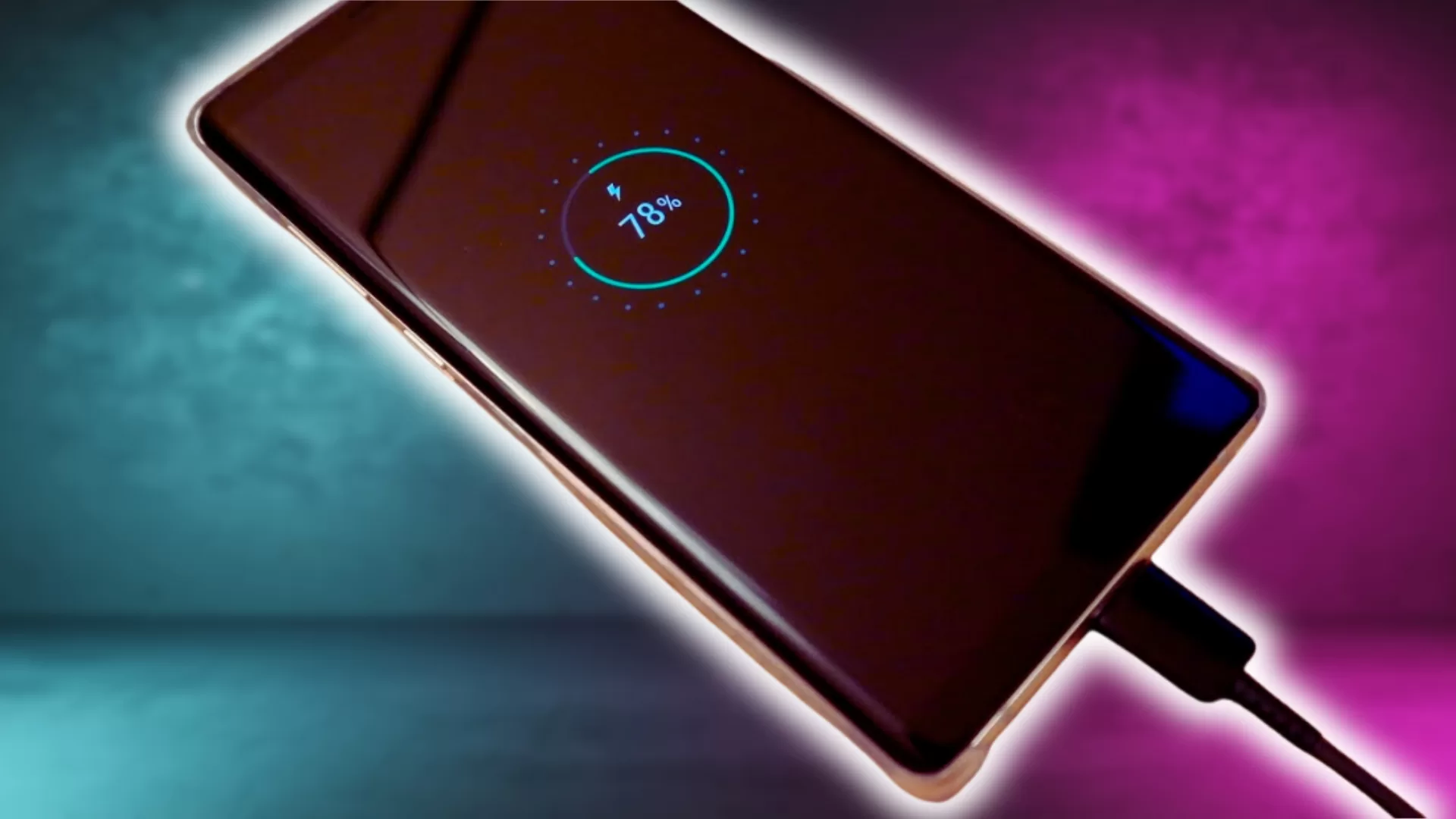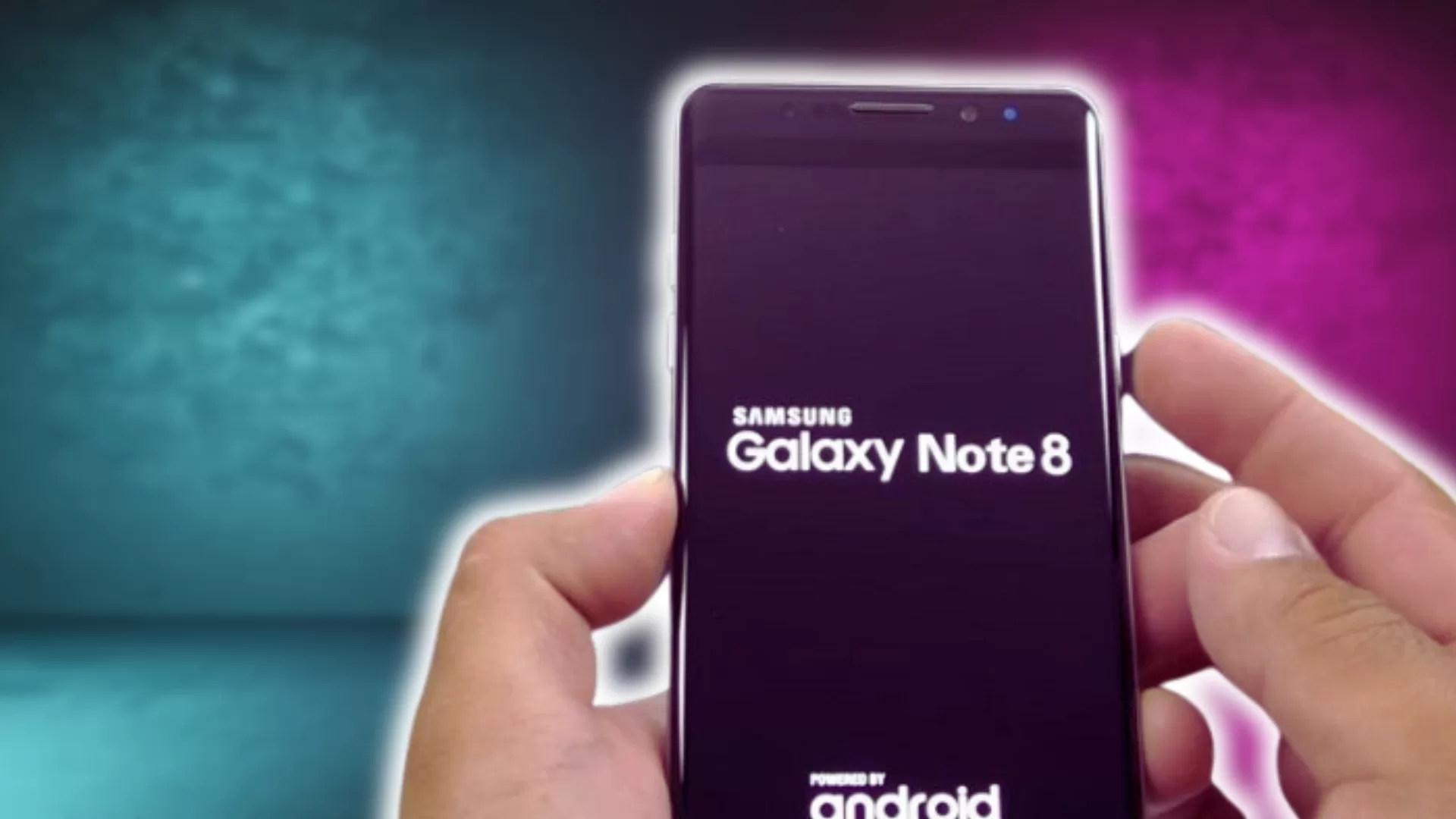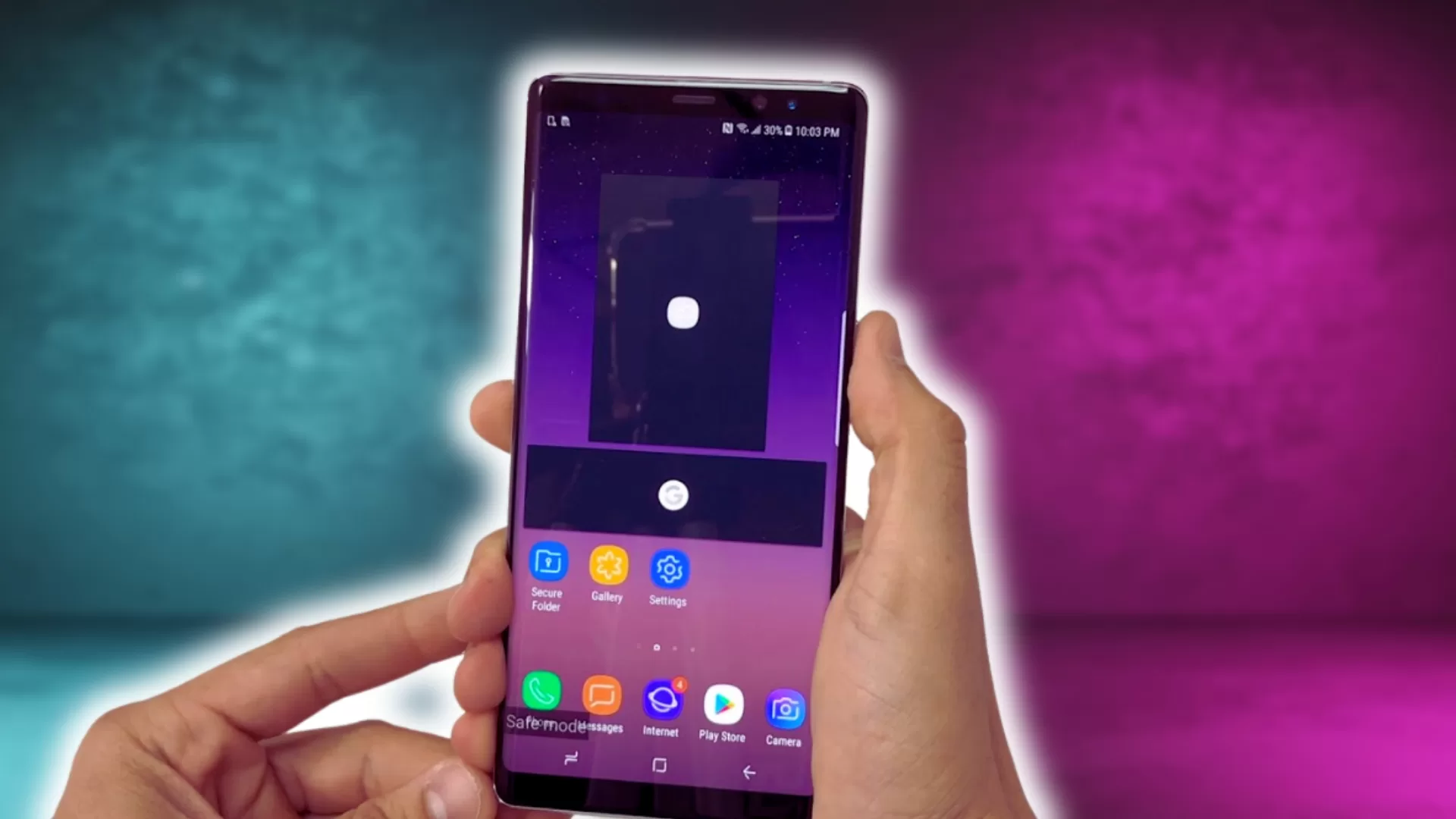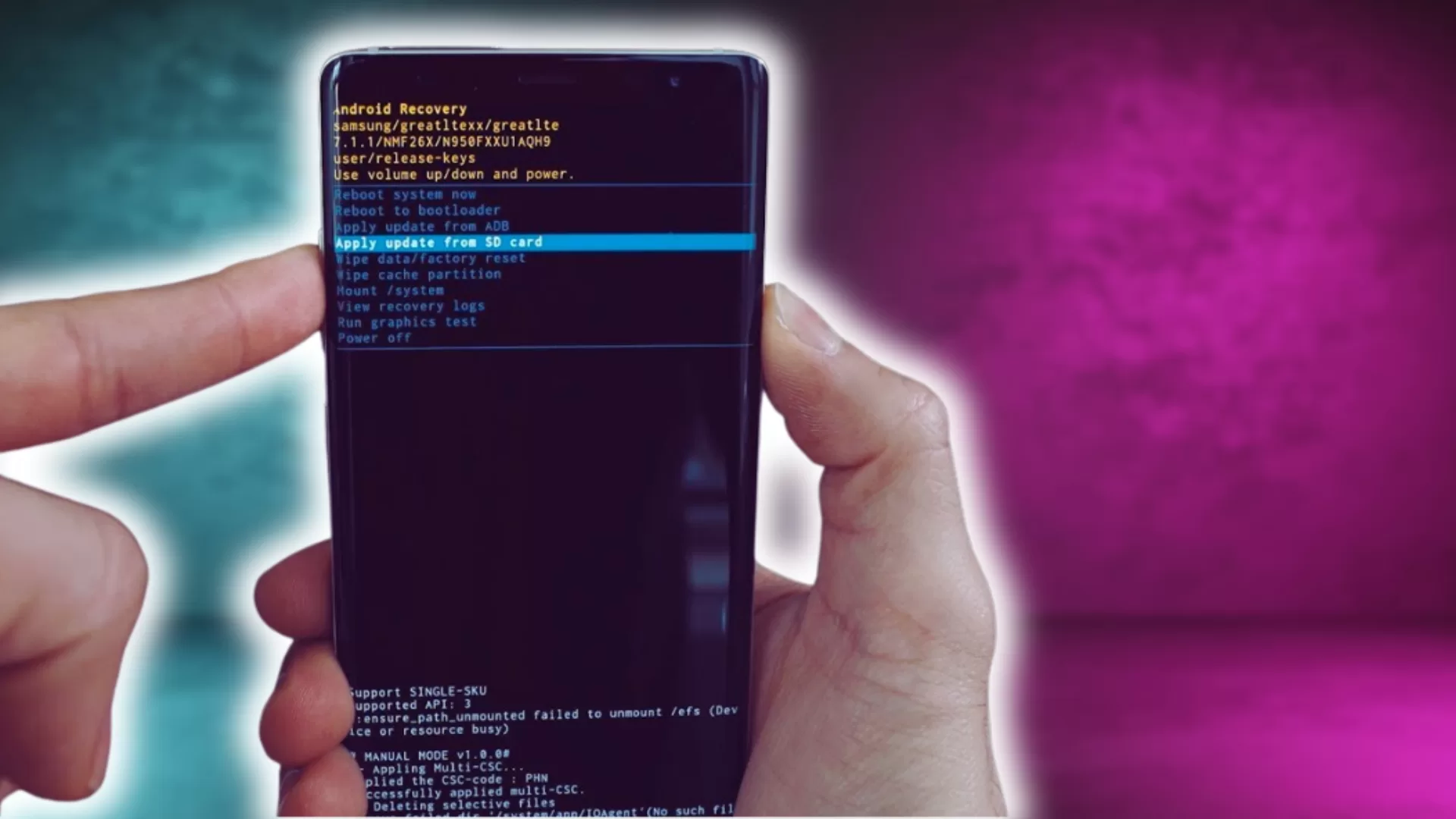Samsung Galaxy Note 8 Not Turning On: Solved! (8 Troubleshooting Tips + More)
Has your Samsung Galaxy Note 8 suddenly stopped turning on? Don’t panic – in most cases this frustrating issue can be fixed with some simple troubleshooting steps. This guide will walk you through everything you need to try to get your unresponsive Note 8 to power up again, from charging the battery to resetting your phone. Follow these tips to revive your Samsung Galaxy Note 8 not turning on and get it working again.
1. Charge Your Phone
The first thing to try when your Note 8 won’t turn on is plugging it in to charge. A dead battery is the most common reason a phone won’t power on.
Use the charging cable that came with your Note 8 and plug it into the charging port at the bottom. Make sure the charging cable is securely inserted.

Connect the other end to a wall charger, then plug the charger into an outlet. If your phone shows any signs of charging like the battery icon lighting up, leave it plugged in for at least 30 minutes.
Once it has charged for a bit, press and hold the power button to try turning on your phone. If the battery was depleted, charging for a while should allow your Note 8 to power back on.
2. Check For Damage
Inspect your phone thoroughly to see if there is any visible damage to the charging port or elsewhere on the device. Carefully look at the charging port for lint, corrosion, bent pins or other issues that could prevent proper charging and powering on.
Also check for cracked screens or casing, water damage, or anything else that could cause startup problems. Resolve any hardware issues you find before continuing troubleshooting.
3. Try A Forced Reboot
If the battery is charged but your Note 8 still won’t start up, try forcing it to reboot.
Press and hold the Power button and the Volume down button at the same time for at least 10 seconds. Keep holding until you feel a vibration and see the Samsung logo on the screen.

This should force your phone to restart. If you see the Samsung logo, release the buttons and let your phone complete the reboot process. The forced reboot may fix whatever software glitch was preventing startup.
4. Boot Into Safe Mode
Booting into Safe Mode starts your phone with only the original software and apps. This can isolate problems caused by third party apps.
To boot into Safe Mode:
- Press and hold the Power button until you see the Samsung logo.
- Release the Power button and immediately press and hold the Volume down button.
- Keep holding Volume down until the phone finishes restarting.
- “Safe mode” will appear in the lower left to confirm you’re in Safe Mode.

While in Safe Mode, check if your phone now powers on normally. If so, it’s likely a downloaded app causing issues. You can then start uninstalling recently downloaded apps until the problem is resolved.
5. Wipe The Cache Partition
Wiping the cache partition clears out corrupted data that could prevent your Note 8 from powering on properly.
To wipe the cache partition:
- Turn your phone off completely.
- Press and hold the Volume up button, Bixby button, and Power button together.
- When the recovery menu appears, use the volume buttons to scroll to “Wipe cache partition” and select it.
- Select “Yes” to confirm the cache wipe.
- Select “Reboot system now” when completed.

This will restart your Note 8 with the cache wiped. Check if your phone now powers on normally. The cached data causing startup issues was likely erased.
6. Reset Your Note 8 To Factory Settings
If you’ve tried everything else with no success, resetting your Note 8 to factory settings should get it powering back on. This erases all data and resets software issues.
Before resetting, make sure anything important on your phone is backed up. Resetting will erase all data.
To reset your Note 8:
- Turn your phone off.
- Press and hold the Volume Up button, Bixby button, and Power button together until the recovery menu appears.
- Use the volume buttons to select “Wipe data/factory reset”
- Scroll down to “Yes” and select it to confirm.
- When reset is finished, select “Reboot system now” to restart your phone.
The factory reset will erase any corrupted files or software issues preventing your Note 8 from powering back on. It should now start up normally, though you’ll have to set it up again.
7. Check For Hardware Damage
If you’ve tried all other troubleshooting steps and your Note 8 still won’t turn on, hardware damage is likely the cause.
Carefully inspect every part of your phone again looking for any physical damage. Pay special attention to the charging port and buttons.
- Inspect the charging port for bent pins, damage, or debris inside.
- Check for damaged power and volume buttons.
- Look for cracks, dents, or other exterior damage.
- Check for signs of liquid damage like water indicators.
- Remove the back cover and inspect the battery and interior components.
Any hardware damage found will likely need professional repair. If you can’t find obvious physical damage, the internal components still may be faulty and require service or replacement.
8. Get Professional Repair Service
If you’ve tried all troubleshooting steps and your Note 8 still does not power on, it will need professional repair service. Hardware damage is likely preventing your phone from turning on.
Contact Samsung or take your Note 8 to a repair shop like uBreakiFix that services Samsung devices. They can run diagnostics tests and determine what hardware components need to be repaired or replaced.
For example, common issues like a faulty battery, damaged charging port, or bad display would prevent your phone from powering on properly. Professional technicians have the skills and tools to correctly diagnose the issue and get your Note 8 working again.
Prevent Future Startup Issues
Once you get your Note 8 powered back on, be sure to follow some basic maintenance to help prevent startup issues going forward:
- Keep your phone charged and don’t let the battery fully drain.
- Avoid exposing your phone to excessive heat or moisture.
- Promptly install any critical software and security updates.
- Only install apps from trusted sources like the Google Play Store.
- Use a case and screen protector to protect from damage.
- Back up your data regularly.
Following these tips will minimize performance issues and extend the life of your Note 8. But should it fail to power on again, run through this troubleshooting guide to try getting it back up and running.